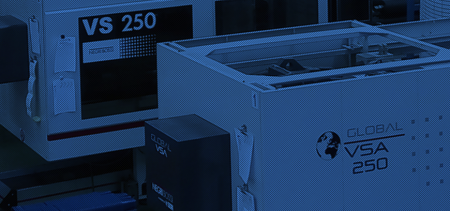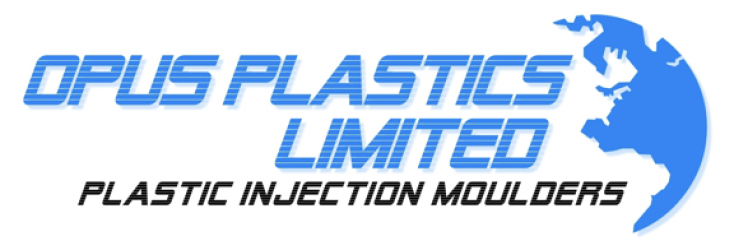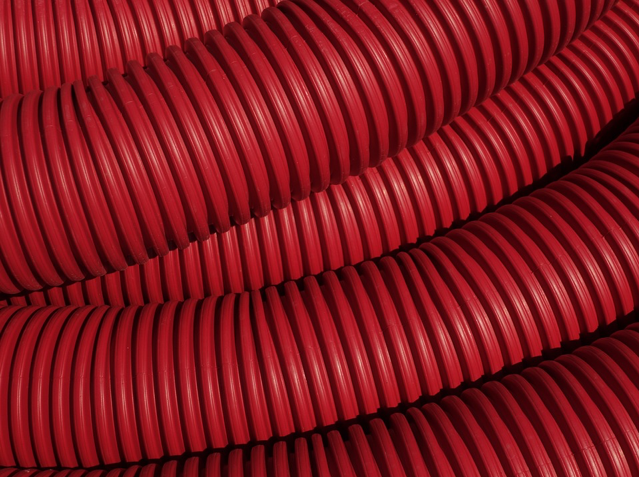Here at Opus Plastics, we love to teach people all about the efficient plastic manufacturing services that we offer, including how it could revolutionise the way in which your business operates today. Many will opt for more expensive alternatives because of a lack of education on other potential methods or an unfounded negative view on the plastics industry. We use our blog as a space to show you exactly what we do and why, so you can read up on various processes before deciding what’s right for you and your company. Today, we are looking at tube extrusion, so read on to find out everything you need to know about how it works, what we do and why!
The History of Extrusion
You might expect extrusion to be fairly modern concept, but the first extrusion process for making pipe out of soft metals was patented by Joseph Bramah in 1797. Thomas Burr implemented the process for lead pipe with a hydraulic press, which was also invented by Joseph Bramah, in 1820, which was called “squirting” at the time. Later on, in 1894, Alexander Dick developed these extrusion processes to copper and brass alloys, before it was expanded into the plastics industry much later.
What is Tube Extrusion?
Tube extrusion refers to a process whereby a material is melted down before being formed into a consistent shape that can then be cross-sectioned. This allows us to produce tubes in an array of sizes, many of which can be bespoke to fit your exact requirements. These tubes can be used in a multitude of industries, including building and construction, automobiles and anything you can think of that could utilise these plastic parts.
How Does it Work?
In basic terms, tube extrusions consist of feeding materials into one end of the hopper, where it is then melted and forced through the die which then turns it into a pipe. Plastics usually come in pellet forms, but any kind of raw form of plastic or resin can be used. The material solidifies as it cools, before it is finished to a high-quality and ready to fulfil the purpose for which it was created. The process is usually described as gravity-fed, with the hopper atop a barrel, where the melting takes place. Instead of harsh exposure to extreme temperatures, this manufacturing process usually adds heat in multiple stages to avoid overheating and damage to the polymers within the plastics.
Advantages
Cost-efficiency
In comparison to other plastic manufacturing processes, tube extrusion is a cost-effective option for those who require these types of services. Materials are often reused to keep external costs to a bare minimum, allowing the companies that provide plastic extrusion services to keep their prices as low as possible.
Minimal Waste
The most popular material used throughout this process is thermoplastics, and the main advantage to these are that they can melt and be hardened time and time again without affecting the quality of the product. Any materials that are not used can be reused in other areas, keeping unnecessary waste to a minimum.
Timings
Plastic extrusion machines can operate 24-hours a day, and in the absence of a mechanical failing or planned closures, they can work continuously. This means you can rest assured that, as a customer, your orders will never be delayed, and schedules can be adjusted to accommodate increased demand during busier seasons, making it ideal for those requiring flexibility.
The Finished Product
Once tube extrusion has taken place, here at Opus Plastics, we offer a range of finishing touches to complete your product, taking out the need for a middle-man making for an efficient way of doing business. We have the facilities to print onto the final product and can take care of any secondary ops assembly required. We also provide a variety of clever packaging, warehousing and logistics options to make the whole operation as smooth and professional as possible.
That concludes our guide to what tube extrusion is and how it works. We hope you enjoyed reading about how it all works and some of the ways this can be used across a variety of industries. Check out our recent blog post What is Plastic Extrusion for more information and if you think you have a business that could benefit from this manufacturing process and are interested in us taking care of this for your company, don’t hesitate to contact us today. The team here at Opus Plastics will be able to provide you with any further information you may require, including specifics surrounding the niche or bespoke needs of your products.


